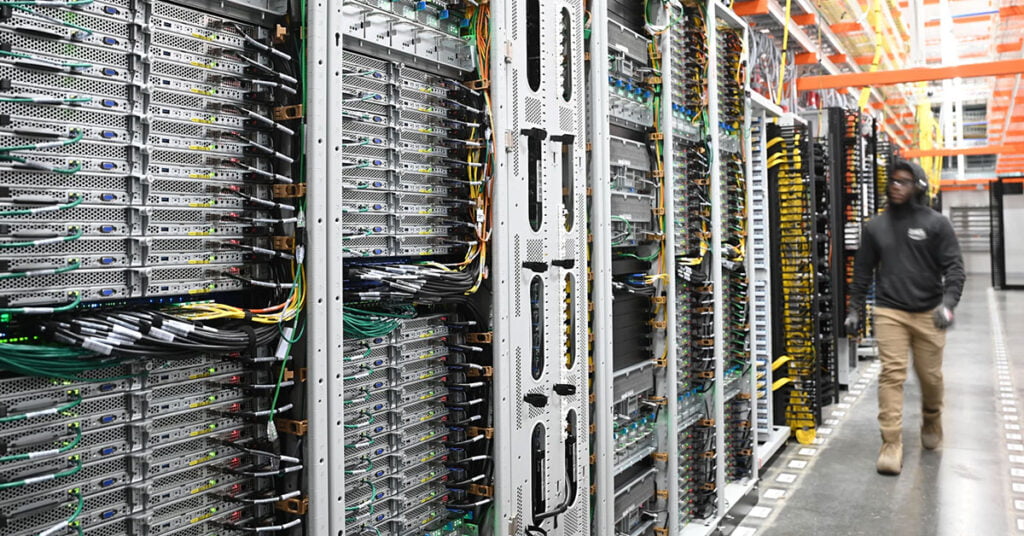 Indiana farmers are stepping up land conservation efforts.
Indiana farmers are stepping up land conservation efforts.
This is according to a recent survey from the Indiana State Department of Agriculture, which showed the state’s farmers planted more than 1 million acres of cover crops in 2018, an increase of 32,000 acres from 2017. Cover crops are known for its environmental benefits and with the exception of corn and soybeans, are planted on more acres than any other commodity crop in Indiana, the state said.
Cover crops are typically planted in the fall after harvest and designed to keep roots in the ground throughout the winter, which improves soil health and helps filter farm water runoff, according to the state.
The state estimates cover crops planted last year, kept 1.3 million tons of sediment out of Indiana’s waterways, along with 3.2 million pounds of nitrogen and 1.6 million pounds of phosphorus. That’s enough sediment to fill more than 350 Olympic-size swimming pools.
“I’m excited to see this increase in spite of cold wet fall weather that delayed harvest and limited the planting and growth of cover crops in many parts of state,” said Jerry Rayner, USDA Natural Resources Conservation Service state conservationist. “We are seeing more farmers using cover crops because they build healthy and productive soils that help with weed suppression, improve water infiltration, cycle nutrients and increase soil organic matter.”
The state survey follows the recently released 2017 USDA Census of Agriculture, which indicated that farm conservation is on the rise in the U.S.
The census revealed that, in addition to more cover crops planted, Indiana farmers also shifted nearly 1 million acres from conventional tillage to conservation tillage, up 33 percent from the last time the census was conducted in 2012.
“If you look at where we were a decade ago, major progress has been made,” said Bruce Kettler, Indiana State Department of Agriculture director. “Farmers are investing more in conservation, which is particularly significant considering where the farm economy has been for the past five years.”




